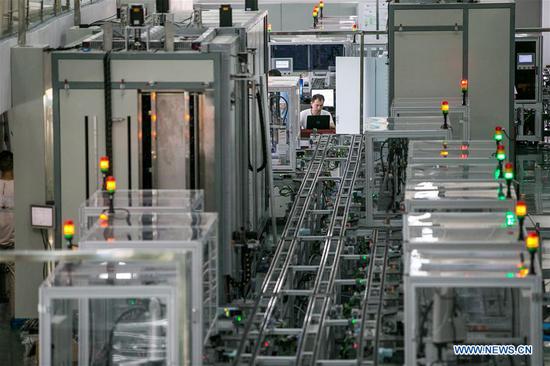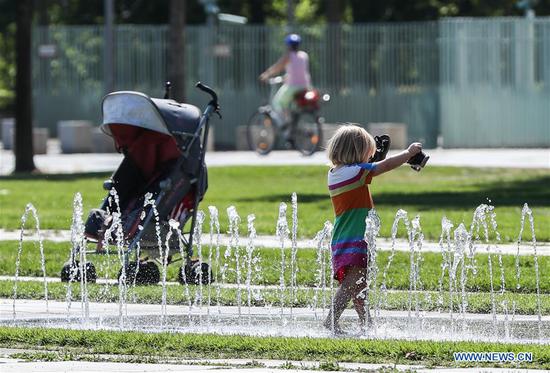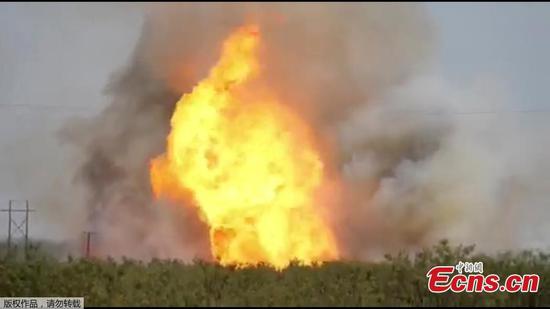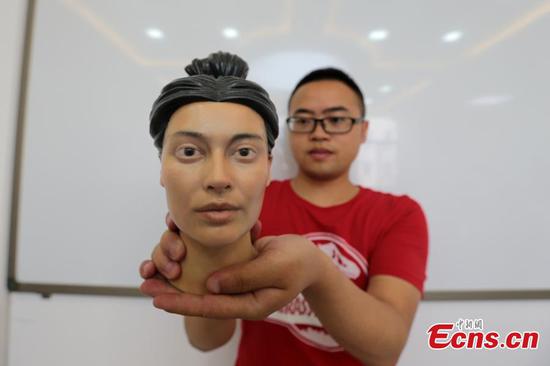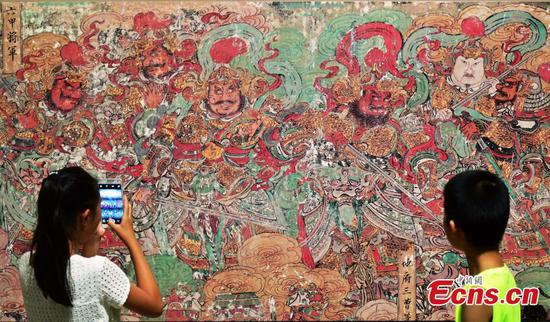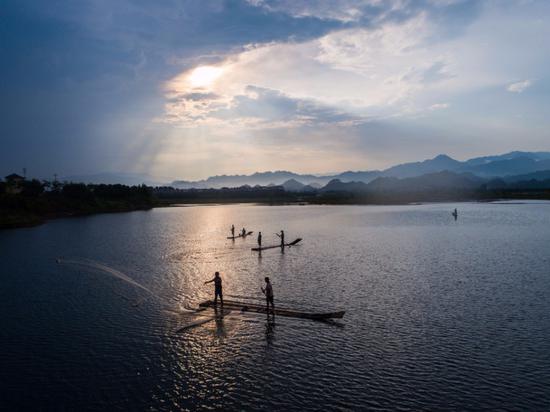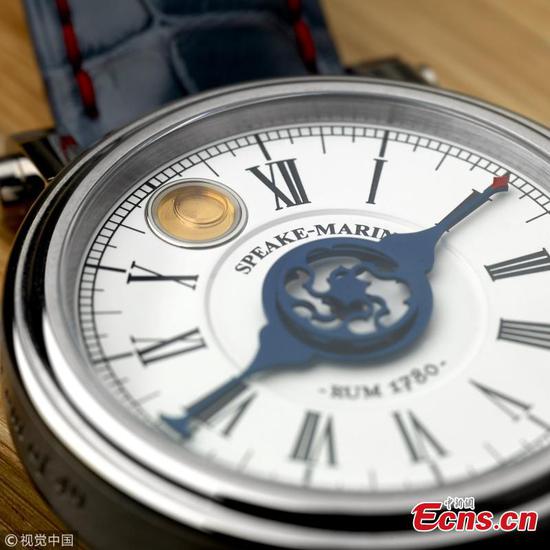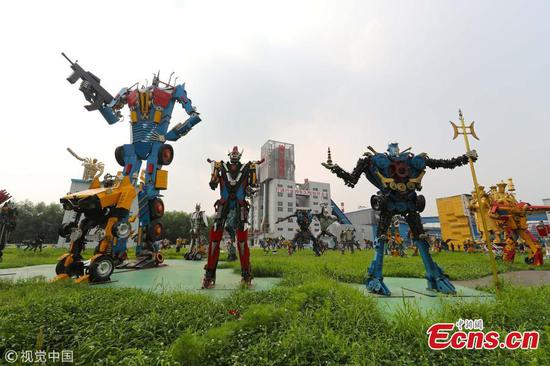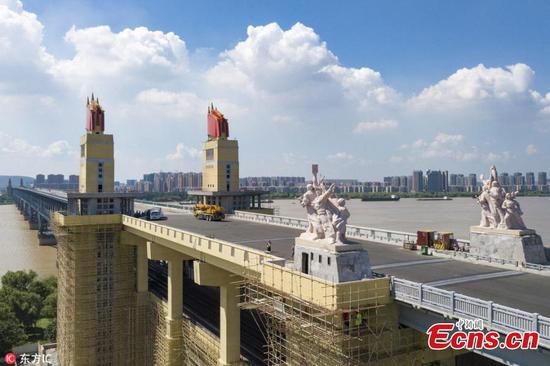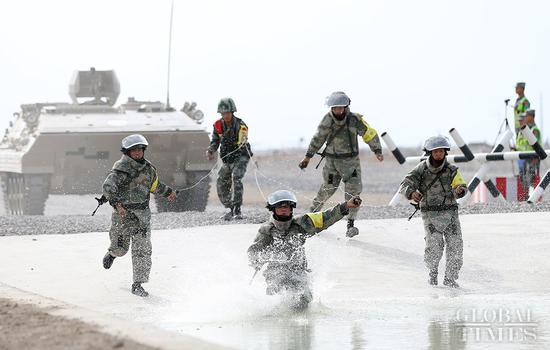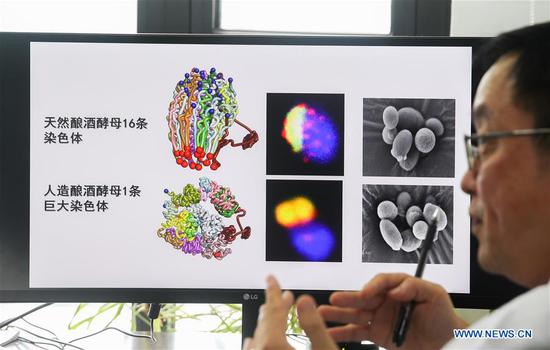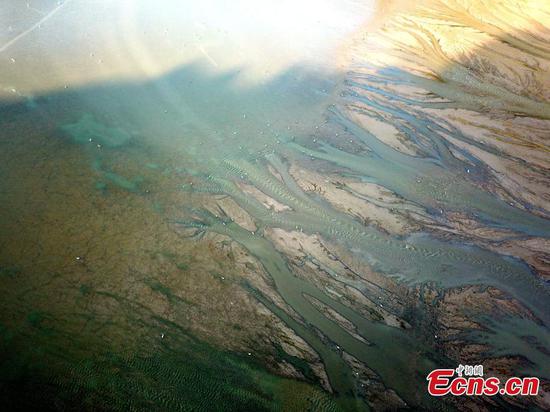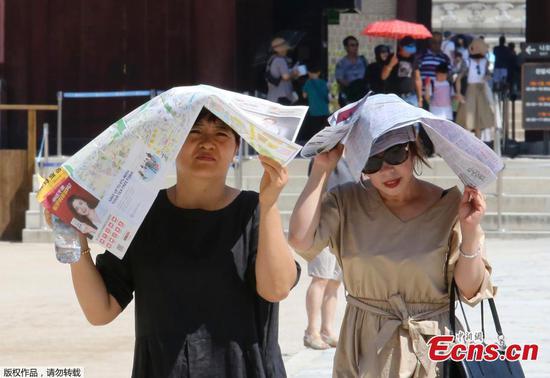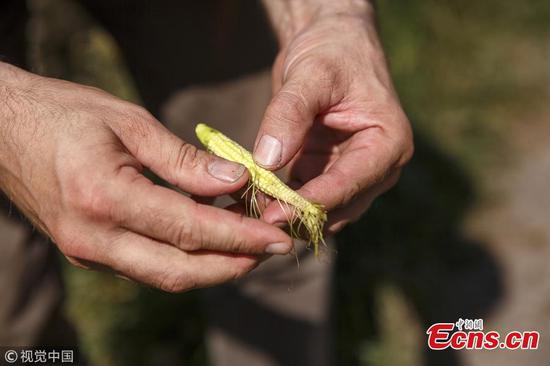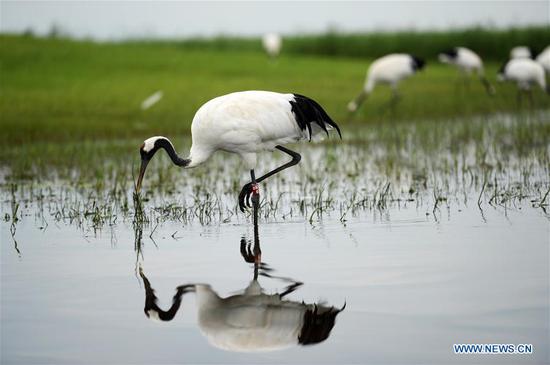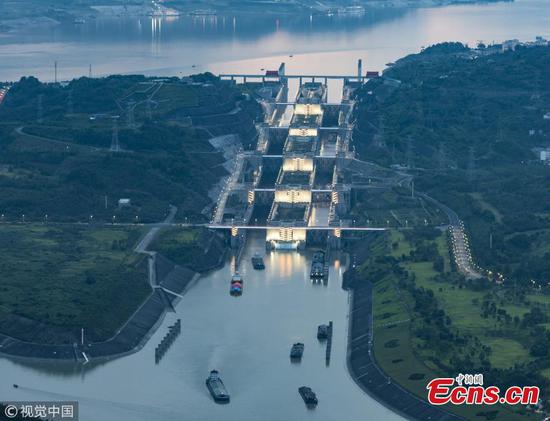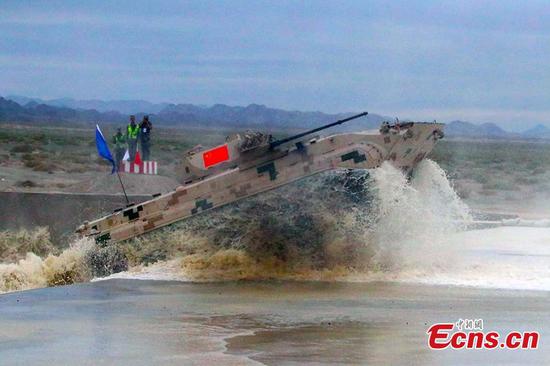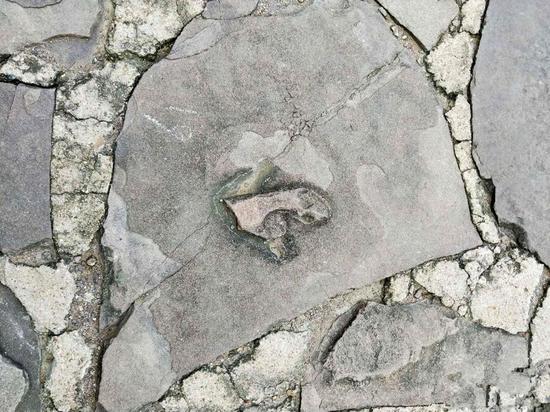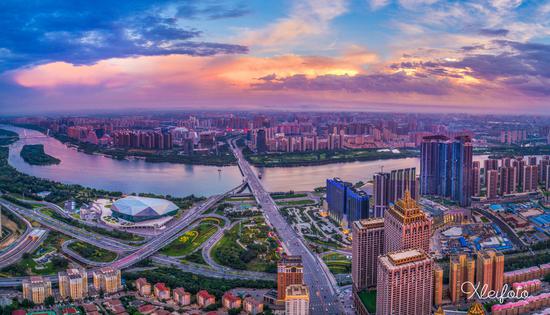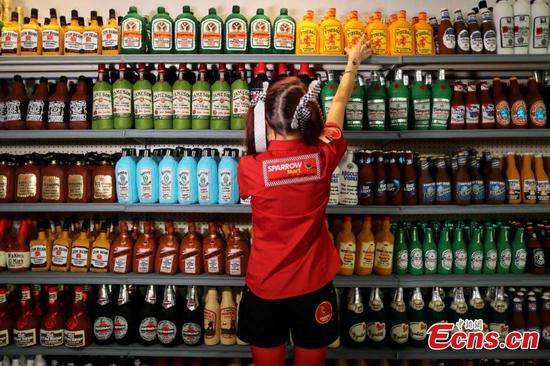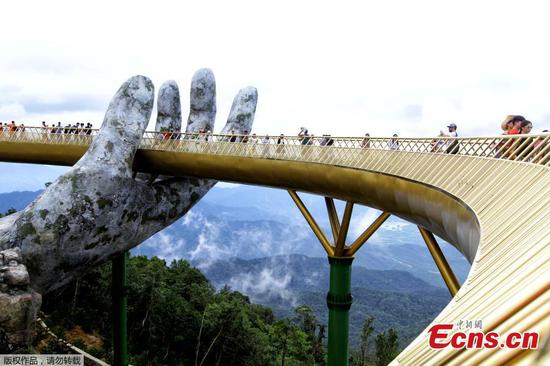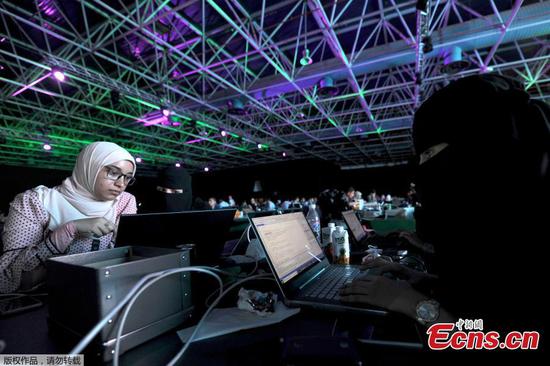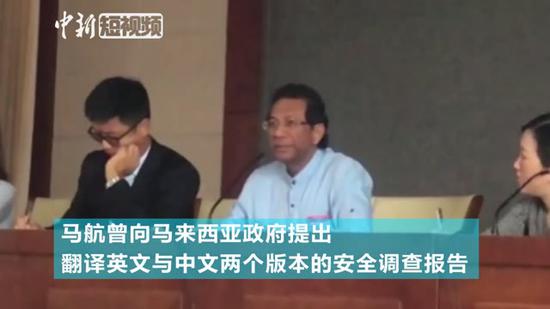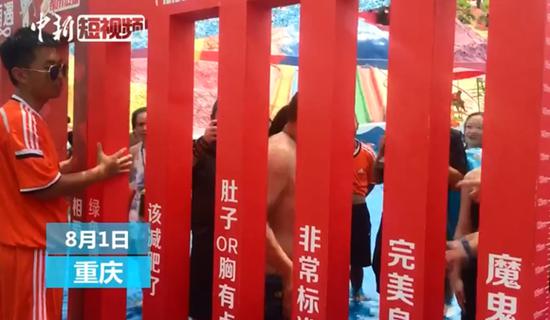Banya, a durian planter in Thailand, has been growing the tropical fruit for 30 years. His income has increased three-fold over the past decade after he met Chinese traders.
"We are cooperating well with Chinese businessmen. They have created job opportunities for locals and increased our income," he said.
TRADE PUSH
The fruit trade is just one example of what have been achieved when China and the Association of Southeast Asian Nations (ASEAN) are celebrating the 15th anniversary of their strategic partnership.
Benefiting from preferential trade policies and ever-closer trade collaboration, Thailand's durian exports to China have surged over the past decade. China is now Thailand's largest durian importer.
Banya now sells 4 million Thai baht (about 120,413 U.S. dollars) worth of durians to China every year.
Businesses in Thailand are also learning from e-commerce practitioners in China to help farmers sell more products.
In April, Jack Ma, founder of Alibaba, surprised Thais by selling 80,000 "golden pillow" (Mon Thong) durians, Thailand's most well-known exported variety, on his online platform T-Mall within just one minute.
"China is on its way to be the world's largest consumer, driven by rising income and a growing middle class of 300 million. There is no better time than now for trade-oriented countries to seize this opportunity to export to China as the country continues to open its doors wider for global trade," Ma said during his visit to Thailand.
Thanks to the on-line sales, the volume of Thailand's durians exported to China rose 700 percent year-on-year in April, according to the Thai Commerce Ministry.
The surging overseas sales of Thailand's durians came as leaders of the ASEAN countries have agreed to work toward an early conclusion this year of the Regional Comprehensive Economic Partnership, a free trade agreement (FTA) scheme of the 10 ASEAN member states and its FTA partners, namely China, Australia, India, Japan, South Korea and New Zealand.
When attending the China-ASEAN foreign ministers' meeting on Thursday, Chinese State Councilor and Foreign Minister Wang Yi called for building a closer China-ASEAN community with a shared future.
"We will share opportunities and face challenges together so as to build a closer community with shared future," he said.
STEP FORWARD
China always puts ASEAN high on its diplomatic agenda. The two sides elevated their relations to the strategic partnership for peace and prosperity in 2003.
At a China-ASEAN summit held in Manila in November 2017, China proposed the formulation of a vision for strategic partnership between China and the 10-member regional bloc toward the year 2030.
ASEAN, established in 1967, groups Brunei, Cambodia, Indonesia, Laos, Malaysia, Myanmar, the Philippines, Singapore, Thailand and Vietnam.
The vision will upgrade the China-ASEAN cooperation framework from 2+7 to 3+X.
The "2+7" refers to a cooperation framework proposed by China in 2013, which emphasizes a two-point political consensus, namely enhancing strategic trust and promoting economic cooperation, and seven cooperation fields including trade facilitation, interconnectivity and security exchanges, among others.
The 3+X, using the alphabet "X" in mathematical-formulas to represent the unknown, means China-ASEAN will touch many fields while focusing on three pillars -- political security, economy and trade, and people-to-people exchange.
The importance of cooperation between China and ASEAN has gone beyond the bilateral scope and has increasingly become the engine for maintaining regional peace and stability as well as promoting regional common prosperity.
The concept is well-proved by both sides working together on one of the most-watched regional issues -- the South China Sea issue.
The situation in the South China Sea has been stabilizing and seen a positive momentum for development because of the joint efforts from China and the ASEAN nations.
The two sides decided to start consultations on the text of the Code of Conduct (COC) in the South China Sea in Manila last year, showing the confidence, wisdom and capacity of the regional countries to properly settle the South China Sea issue in order to make it a sea of peace, friendship and cooperation.
The latest achievements were seen on Thursday when the two sides have arrived at a single draft negotiating text of the Code of Conduct (COC) in the South China Sea in Singapore at the China-ASEAN foreign ministers' meeting.
Facts will prove that China and ASEAN member states are capable of maintaining peace and stability in the South China Sea and reaching regional rules adhered to by all through negotiations, Wang said after the meeting.
Echoing Wang's remarks, Malaysian Foreign Minister Saifuddin Abdullah said, "The fact we have arrived at the single text of COC means an important step forward."
HELPING HAND
The Angkor temple complex in Siem Reap, one of the most important archaeological sites in Southeast Asia, is a major tourist destination for both local and foreign visitors.
"The eight-year project of restoration is nearing completion in August," said Jin Zhaoyu, who has worked at the Ta Keo Temple-Mountain Conservation and Restoration Project as a member of the Chinese team committed to preserving Angkor.
"I highly value and thank the Chinese government for supporting Cambodia in preserving our national heritage," Cambodian Minister of Culture and Fine Arts Phoeurng Sackona said.
The minister said in the near future, the renovation of the Phimeanakas temple, located inside the walled enclosure of Angkor Thom within the vast Angkor complex, would be commenced with the financial aid of China.
At the China-ASEAN foreign ministers' meeting, Wang called on China and ASEAN to step up cooperation in such fields as disaster prevention, relief, and humanitarian assistance.
When a dam-collapse triggered a massive flash-flood, hitting 13 villages in southern Laos in late July, China was among the first to extend a helping hand.
"Our contingent has 32 members and some of us work here in the district hospital to treat hospitalized patients," said Chen Zhang, a member of the medical contingent from the Chinese People's Liberation Army dispatched to the flooded Sanamxay district in southern Lao province of Attapeu.
Liu Zhenxiong, a doctor from gastroenterology division, China's Second Hospital of Fourth Military Medical University, was one of the members that went to flooded villages in the Sanamxay district.
"We went to a village called Ban Boc and we treated some 100 villagers in a single day," he said.
(Xinhua reporters Yang Zhou, Chen Jiabao in Bangkok, Zhang Jianhua in Vientiane, Mao Pengfei in Phnom Penh, Li Xiaoyu in Singapore also contributed to the report.)









